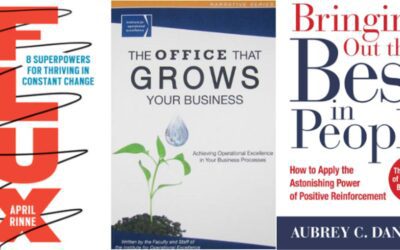Communication challenges, differences in perspective, and variations of approach to achieve tasks is inevitable and natural. After all, we’re human and with humanity comes diversity and uniqueness. It’s a great thing when our uniqueness brings breadth and depth of ideas, innovation, and solutions. On the other hand, when not understood and managed well, it increases risk, impacts decision-making, and hampers an organization to achieve goals which impact the bottom line.
Everyone in an organization has responsibility for their part in creating a healthy work culture. And great leaders pave the way by demonstrating essential behaviors that nurture a healthy environment.
Three behaviors demonstrated by great leaders:
- Know the people who work for and with you. Show interest in people. Get to know who they are and how they like to work. Learn what’s important to them when it comes to their job, work climate, and development goals.
- Have quality conversations. Every conversation has an impact whether it is immediately recognized or not. Quality conversations establish work climates that foster openness, partnering, and trust. A quality conversation means a conversation that it isn’t rushed (quick because I’m headed to a meeting!) and that is real (not forced / because I have to). Quality conversations happen when people are fully present, so their minds aren’t wandering or thinking about something else, and demonstrate an interest in sharing and learning, avoiding judgment and blame.
- Provide effective feedback. Feedback nourishes the learning brain. High-performing individuals, teams, and organizations are continuously learning. Although learning comes in many ways, great leaders are comfortable giving feedback and embrace receiving it for the purpose of learning. A feedback-rich culture is one where it isn’t top-down only, there are safety and trust to support a quality conversation, a healthy dose of positive feedback for reinforcement.
Rather than dwelling on the negative aspects of differences, take the opportunity to learn about where the differences are coming from and why, and explore how to use those differences to achieve the best from those who work for and with you.



